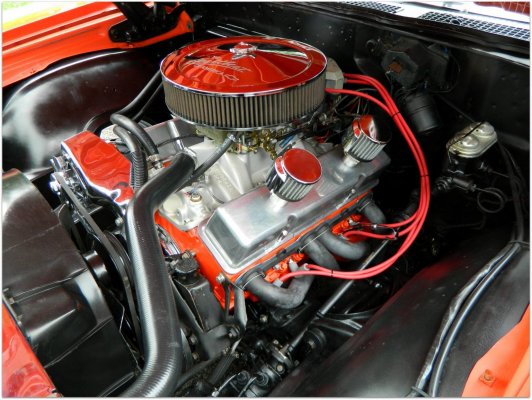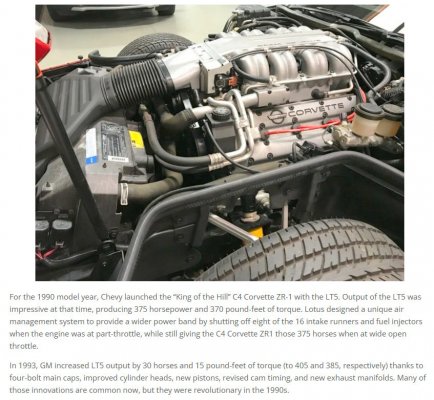Keeper
I'm Awesome
LOL... I've got a dozen or so of the deep plano 3730's, but they all have fishing gear in them... my other passion that I'll get back into when the wife retires.
I drop a yellow post-it note inside the zip-locs with the details, and instructions, or cautions, or whatever, that future me may need. I like the zip-locs (freezer ones only) for easy storing... they seem to take up the least amount of space. JIF peanut butter jars are also very nice for storing, especially if I want to soak something. Great for paint projects too, with a nice resealable top. At the rate the dogs go thru peanut butter, there are always a bunch at hand. They are a strong plastic, clear, have a big mouth, have a screw on lid, and the label comes off easy. And to organize everything, I use the plastic bus tubs (that restaurants use for dirty dishes) to store everything in for a particular project... they're big, strong, stackable, slide on/off of shelves easy, and I can label the outside. They're like $5/each and last forever. My entire life seems to revolve around the dozens of tubs I have scattered everywhere. Tools, projects, everything. My wife uses the term "nerd alert" when she gets a peek at all the organizing. I would never be able to function efficiently without all of it though. Gray matter, shmay matter.
I drop a yellow post-it note inside the zip-locs with the details, and instructions, or cautions, or whatever, that future me may need. I like the zip-locs (freezer ones only) for easy storing... they seem to take up the least amount of space. JIF peanut butter jars are also very nice for storing, especially if I want to soak something. Great for paint projects too, with a nice resealable top. At the rate the dogs go thru peanut butter, there are always a bunch at hand. They are a strong plastic, clear, have a big mouth, have a screw on lid, and the label comes off easy. And to organize everything, I use the plastic bus tubs (that restaurants use for dirty dishes) to store everything in for a particular project... they're big, strong, stackable, slide on/off of shelves easy, and I can label the outside. They're like $5/each and last forever. My entire life seems to revolve around the dozens of tubs I have scattered everywhere. Tools, projects, everything. My wife uses the term "nerd alert" when she gets a peek at all the organizing. I would never be able to function efficiently without all of it though. Gray matter, shmay matter.
Last edited:



